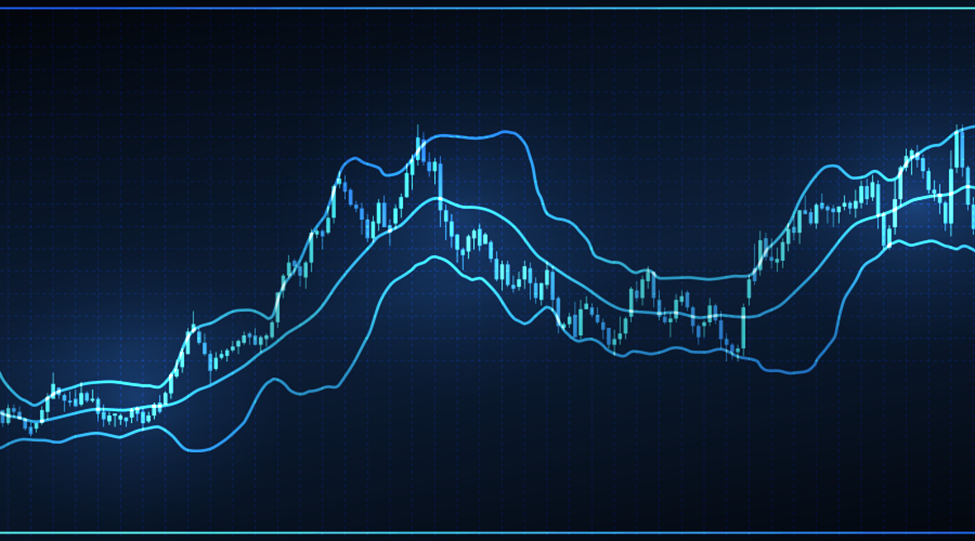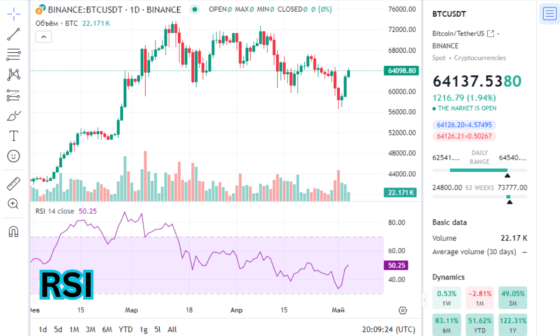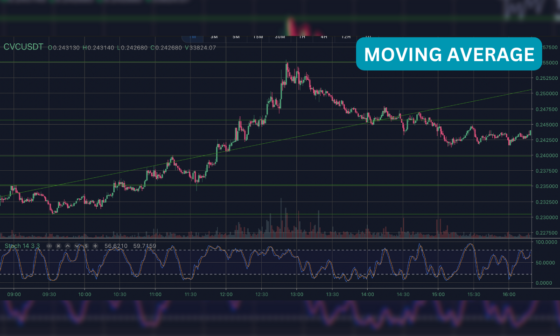The ever-evolving dance of the stock market can be both exhilarating and perplexing for traders. While technical analysis offers a roadmap to navigate this dynamic landscape, some indicators delve deeper, focusing on the intricate details of price movements.
Enter the fractal chaos oscillator (FCO), an indicator that utilizes the principles of fractal geometry to identify subtle shifts in market sentiment. This blog post delves into the world of the FCO, exploring its functionalities, interpretation methods, and how it can empower traders to potentially capitalize on market trends.
Demystifying the Fractal Chaos Oscillator
The FCO is a technical indicator that builds upon the foundation of the fractal chaos bands indicator. The fractal chaos bands consist of two lines:
- Upper Fractal Line: Connects the highest stock price highs over a specified time period chosen by the trader (shorter or longer periods can be used).
- Lower Fractal Line: Connects the lowest stock price lows over the same time period.
These lines essentially filter out insignificant price fluctuations, providing a broader view of the price movement within the chosen timeframe.
The FCO takes this concept a step further. It compares the differences between these highs and lows across adjacent time periods selected by the trader.
By focusing on these subtle movements, the FCO aims to identify potential shifts in market sentiment that might be missed by traditional indicators.
The Chaotic Beauty of the FCO: Interpreting the Indicator
Unlike some technical indicators with clearly defined buy and sell signals, the FCO offers a more nuanced perspective. Here’s a breakdown of its interpretation:
- Higher Values: When the FCO value moves towards 1, it suggests that the market might be exhibiting stronger trend characteristics. This could be either an upward trend or a downward trend, depending on the overall price movement.
- Lower Values: Conversely, when the FCO value approaches -1, it suggests that the market might be experiencing more choppy or range-bound price movements. This could indicate a period of consolidation or indecision within the market.
Important Note: The FCO doesn’t provide specific buy or sell signals in isolation. However, its value can be used in conjunction with other technical analysis tools and chart patterns to potentially improve the accuracy of trade entries and exits.
Fractal Geometry in Play: The Rationale Behind the FCO
The FCO draws inspiration from fractal geometry, a branch of mathematics that studies self-similar patterns across different scales. In the context of the stock market, these self-similar patterns may represent recurring price movements that, when analyzed at smaller timeframes, can reveal valuable insights.
Here’s the connection: By focusing on the subtle differences between highs and lows across adjacent time periods, the FCO attempts to identify these recurring patterns. This allows traders to potentially anticipate larger-scale price movements by recognizing subtle shifts within the market’s “fractal” structure.
Utilizing the FCO Effectively
While the FCO offers a unique perspective on market behavior, some key points should be considered for effective utilization:
- Combine with Other Indicators: Don’t rely solely on the FCO for trading decisions. Integrate it with other technical analysis tools like moving averages, support and resistance levels, or volume indicators for a more comprehensive understanding of market dynamics.
- Timeframe Selection: Experiment with different time periods for the FCO and the underlying fractal chaos bands. The optimal timeframe will depend on your trading style (day trading, swing trading, etc.) and the specific market you’re analyzing.
- Understanding Chaos: Remember, the FCO thrives on identifying “chaos” within the market. Highly chaotic movements (FCO values oscillating around 0) might indicate a lack of clear trend direction, requiring additional analysis or potentially suggesting a wait-and-see approach.
- Confirmation is Key: Don’t base trading decisions solely on FCO values. Look for confirmation from other indicators or chart patterns before entering a trade based on the FCO’s insights.
Conclusion
The FCO offers a valuable tool for traders seeking to delve deeper into the intricate details of market movements. By understanding its functionalities, interpreting its values effectively, and using it in conjunction with other technical analysis tools, traders can potentially gain a more nuanced understanding of market sentiment and potentially identify opportunities within the dynamic landscape of the stock market.
Remember, the FCO is a tool to enhance your analysis, not a crystal ball for predicting the future. Always prioritize sound risk management practices and conduct thorough research before making any trading decisions.
FAQs on the Fractal Chaos Oscillator
What are the advantages of using the FCO?
The FCO focuses on subtle price movements that might be missed by traditional indicators, potentially offering a more nuanced view of market sentiment.
Does the FCO provide specific buy and sell signals?
No, the FCO doesn’t offer direct buy and sell signals. However, its values can be used in conjunction with other technical analysis tools to potentially improve the timing and accuracy of trade entries and exits.
How do I choose the right timeframes for the FCO?
Experiment with different timeframes for both the FCO and the underlying fractal chaos bands. Shorter timeframes might be suitable for day trading, while longer timeframes might be more appropriate for swing trading or longer-term investment strategies.
Can the FCO be used for breakout strategies?
While the FCO doesn’t provide definitive breakout signals, its movement towards higher values (indicating a stronger trend) could potentially be used as a filter for breakout strategies based on other technical indicators.
Is the FCO a good indicator for beginners?
The FCO’s focus on subtle movements and the lack of clear buy/sell signals might make it less intuitive for beginners. It’s recommended to gain a solid foundation in technical analysis before delving into the FCO.




